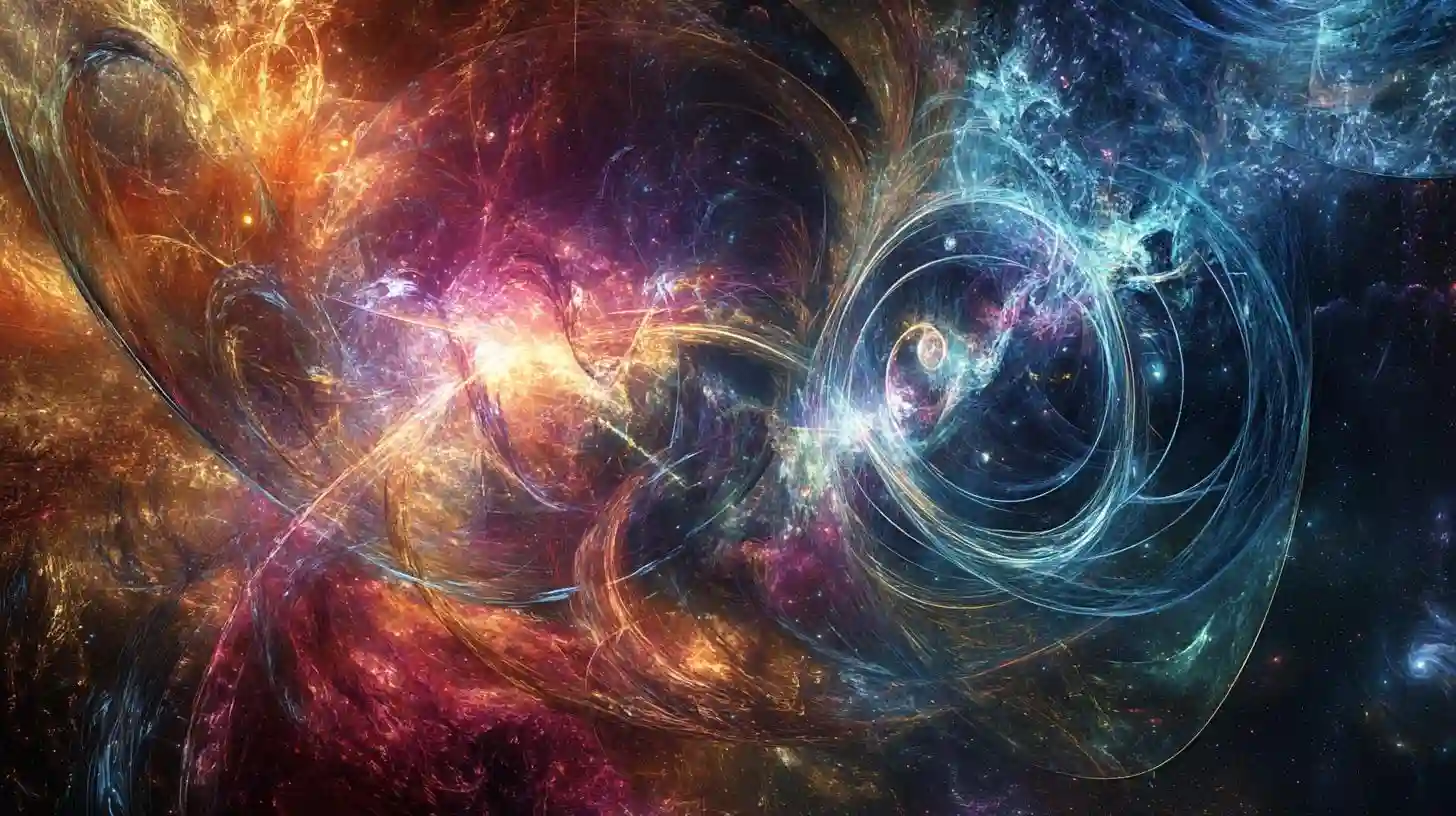
Wisdompulseonline

The vast expanse of the cosmos has captivated human minds for centuries, prompting inquiries that transcend our understanding of the physical world. General relativity, formulated by Albert Einstein over a century ago, provides a framework that not only describes the gravitational forces governing celestial bodies but also reshapes our perceptions of space and time. This groundbreaking theory has enabled scientists to delve deeper into the universe's mysteries, uncovering phenomena that challenge our fundamental notions of reality.
In the realm of general relativity, gravity is not merely a force but a curvature of spacetime created by mass and energy. This revolutionary perspective opened doors to understanding how massive celestial objects like stars and galaxies influence the fabric of the universe. The consequences of this distortion are profound, enabling the prediction of black holes, regions of spacetime exhibiting gravitational forces so intense that nothing—not even light—can escape. The mere existence of black holes challenges the traditional views of physics and encourages exploration into realms where our current understanding may falter.
One of the most remarkable implications of general relativity is the phenomenon of gravitational waves. These ripples in the fabric of spacetime, produced by accelerating massive objects, were first predicted by Einstein and later confirmed through direct observation over a century later. The detection of gravitational waves opened a new window through which astronomers could observe cosmic events, such as the merging of neutron stars and black holes. This groundbreaking discovery not only demonstrated the validity of general relativity but also marked the advent of a new era in astrophysics, allowing scientists to study the universe through a multi-messenger approach, combining electromagnetic observations and gravitational wave detections.
As we probe deeper into the cosmos, general relativity also sheds light on the behavior of light itself under the influence of gravity. The bending of light around massive objects, known as gravitational lensing, illustrates how enormous galaxies or clusters can warp the paths of light emanating from more distant sources. This remarkable effect not only provides insights into the distribution of dark matter—an enigmatic substance that constitutes a significant portion of the universe—but also enables astronomers to observe distant galaxies that would otherwise remain hidden from view. Through gravitational lensing, scientists can glimpse the distant universe, revealing a tapestry of galaxies that showcase the evolution and scaling of cosmic structures.
The relationship between time and gravity, revealed by general relativity, is equally fascinating. The prediction that time flows at different rates depending on the strength of a gravitational field has profound implications. This aspect of the theory has been experimentally verified and has practical applications in technologies we take for granted, such as global positioning systems. The difference in time experienced by satellites in orbit compared to those on Earth's surface illustrates how, in the presence of a gravitational field, time stretches and contracts, providing tangible evidence of the interconnectedness of space and time.
Beyond these astonishing revelations, general relativity invites us to ponder the very nature of the universe. The existence of singularities—points within black holes where density becomes infinite and gravitational forces overwhelm all known laws of physics—poses philosophical questions that extend beyond empirical science. They challenge our understanding of causality, existence, and the beginnings of the universe itself. Questions arise about what lies beyond a black hole and whether or not the universe is ultimately finite or infinite. Such ponderings fuel the imagination and drive further inquiry into the cosmic unknown.
Furthermore, general relativity interacts intriguingly with the emergence of quantum mechanics. The pursuit of a unified theory that encompasses both the large-scale behavior of gravitation and the probabilistic nature of quantum phenomena remains one of the greatest challenges in modern physics. The reconciliation of these two frameworks may unlock additional secrets about the universe, such as the conditions present at the Big Bang or the nature of dark energy, which is thought to drive the accelerated expansion of the cosmos.
The exploration of the cosmos through the lens of general relativity paints a complex picture of our universe—one filled with wonder, mystery, and profound implications. Each discovery fosters a deeper curiosity about the laws that govern everything from the smallest particle to the largest galaxy. As we venture further into this captivating realm, the interplay between theoretical physics, observational astronomy, and humanity's innate desire to understand our place in the universe will undoubtedly yield more insights, questions, and perhaps even answers to age-old mysteries. Such is the magnetic allure of the cosmos, bound by the elegant equations of general relativity and the inexorable quest for knowledge that defines the human experience.